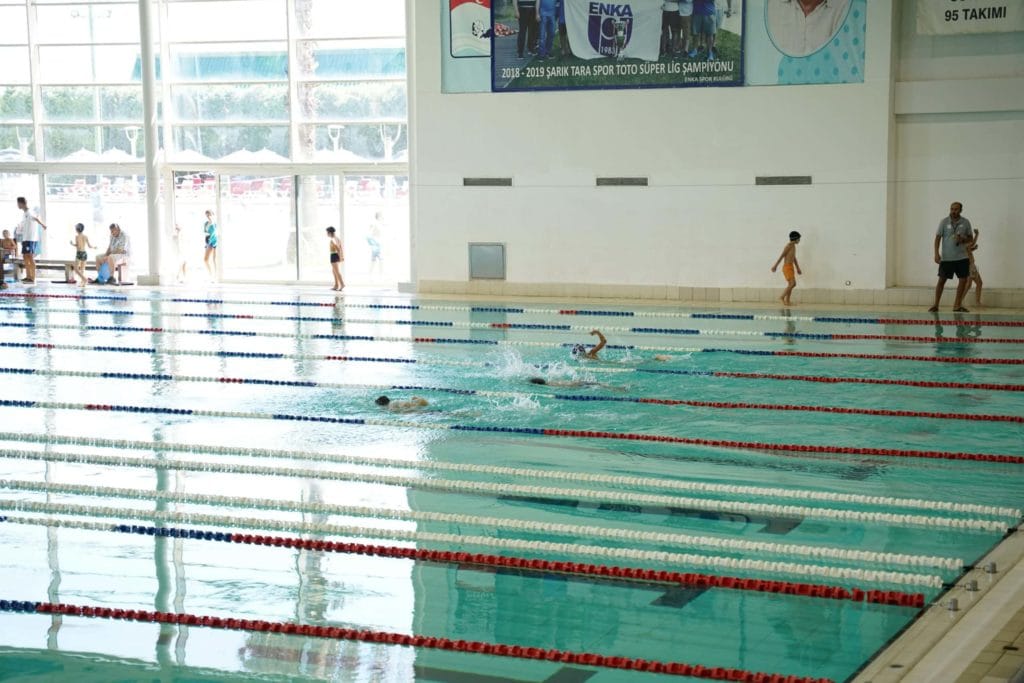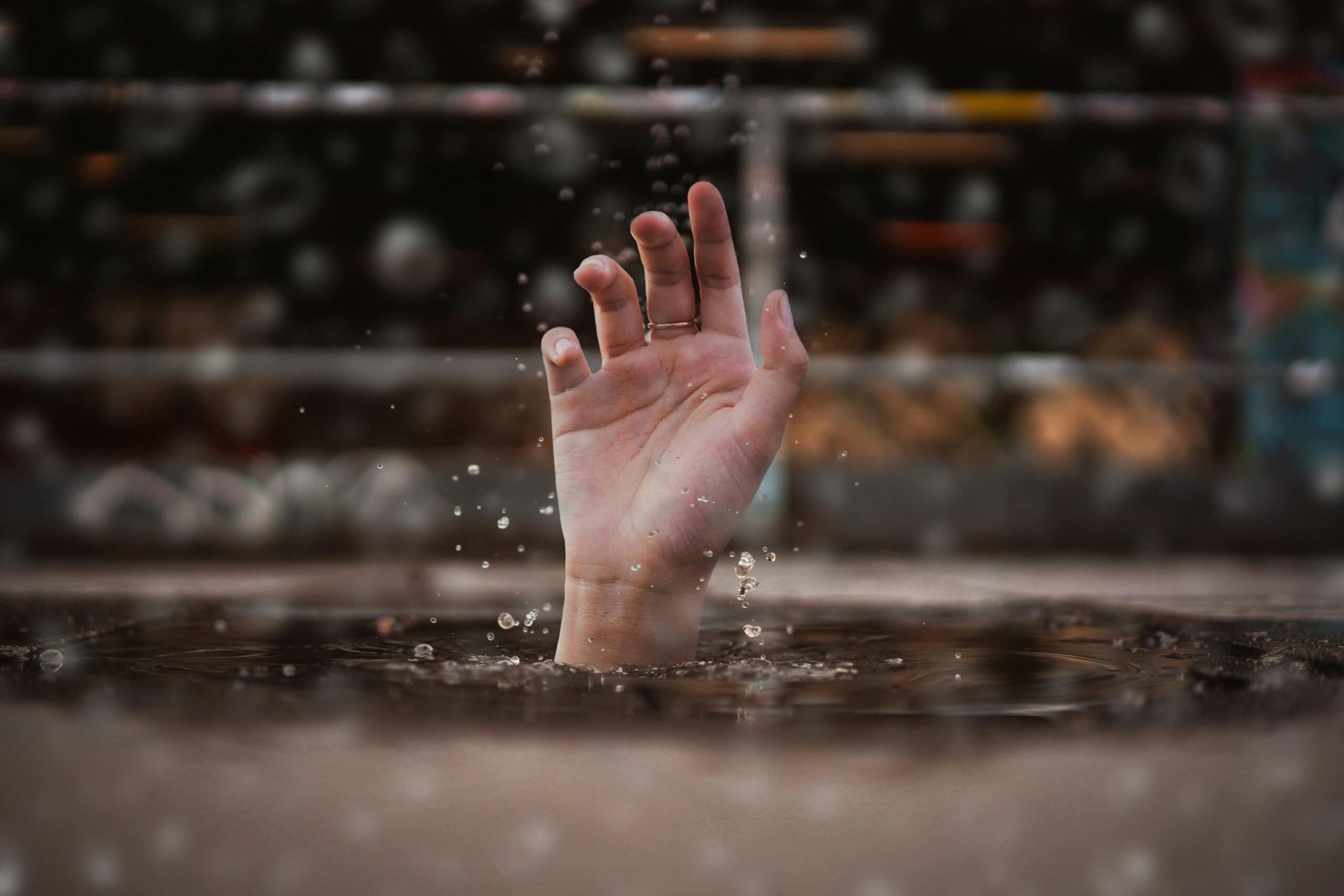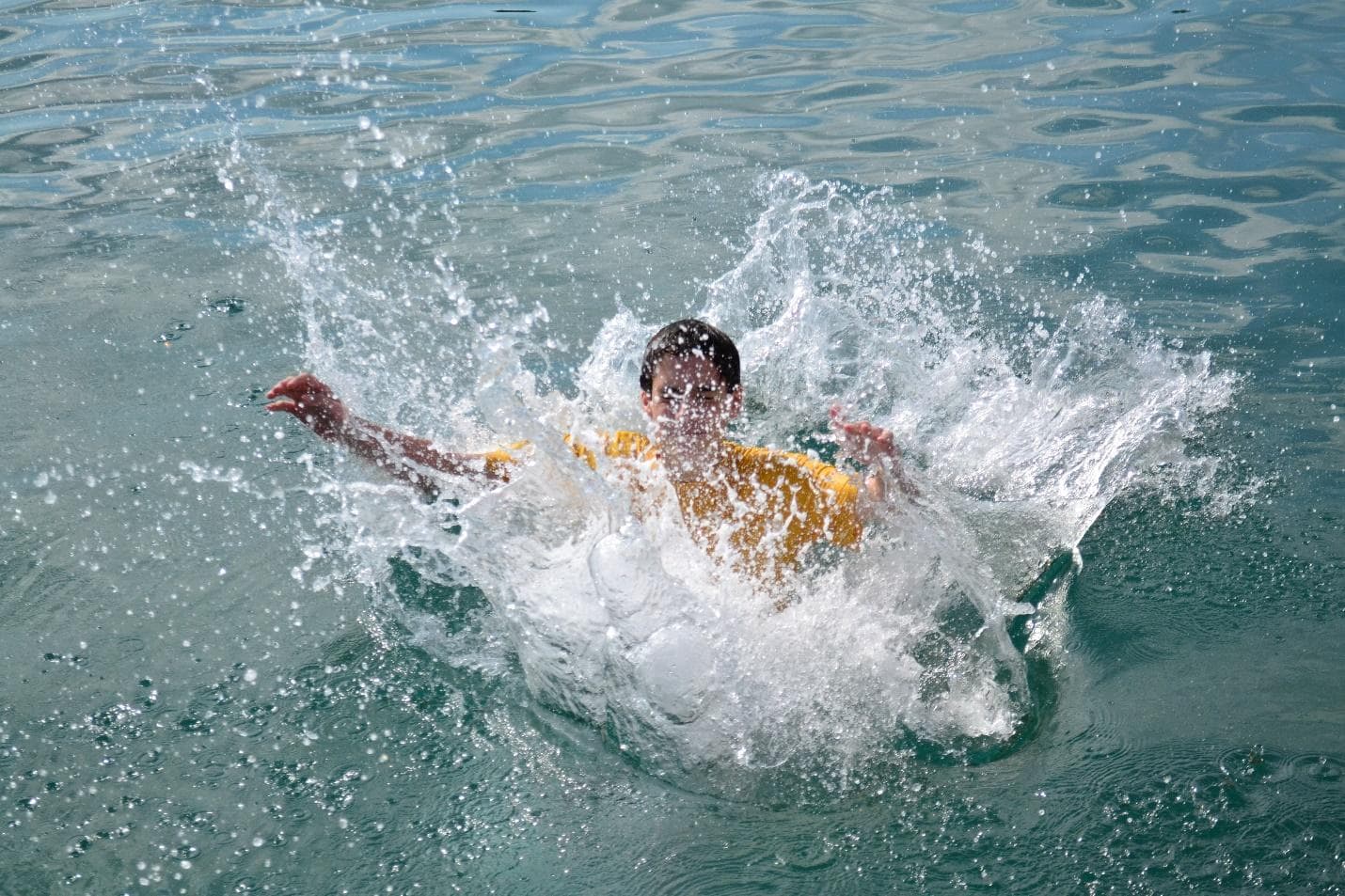
Imagine a sunny day by the pool or at the beach, a time meant for relaxation and joy, turning into a nightmare due to a drowning accident. In the legal world, such tragedies are more than heartbreaking—they’re calls for justice. When someone is harmed or loses their life due to negligence, legal systems step in to hold responsible parties accountable.
Every year, an estimated 236,000 people drown, making drowning a major public health problem worldwide. Over time, notable drowning accident legal cases that set precedents have shaped how courts approach these complex and sensitive matters.
While these cases might seem too complicated for the layperson, understanding such cases can make your lives easier.
This guide unpacks the critical elements of drowning cases, discussing pivotal rulings, legal principles of conduct like contributory negligence, and the importance of skilled attorneys in securing justice for victims and their families.
Why Legal Precedents Matter in Drowning Cases
The legal system relies heavily on case law to address incidents like drowning accidents. Courts analyze past rulings to guide decisions in current cases, particularly when determining liability, compensation, and negligence. These precedents ensure consistency and fairness, making it crucial to understand their significance.
Legal cases involving wrongful death by swimming pools and other water bodies can be tricky. Swimming pools, recreational facilities, and other water-related settings often raise questions of duty and failure. Who was responsible for maintaining safety? Did their actions—or inaction—contribute to the accident?
The Duty of Property Owners and Premises Liability
Property owners have a clear obligation to maintain their premises in a way that minimizes risks to visitors. This duty is particularly critical when the property includes water features like swimming pools, where the potential for harm is significant.
Premises Liability in Drowning Cases
Premises liability cases hinge on whether the property owner acted reasonably to prevent foreseeable risks. For example, was the pool fenced off to keep children from entering unsupervised? Were warning signs posted to alert visitors of dangers like slippery surfaces?
When property owners fail to uphold their duty, they can face lawsuits filed by injured persons or families of drowning victims. Such claims often lead to court trials, where juries evaluate evidence to determine liability.
Legal Principles That Shape Drowning Accident Cases
Contributory Negligence and Comparative Fault
When analyzing drowning accident cases, courts often consider whether the victim’s actions contributed to the incident. This principle, known as contributory negligence, examines:
- Whether the victim ignored posted warnings.
- Their knowledge of potential dangers.
- Whether they acted recklessly or irresponsibly.
In some jurisdictions, even slight negligence on the victim’s part can bar compensation altogether. Other courts use a comparative fault approach, assigning percentages of blame to all parties involved.
Example:
If a property owner failed to install proper fencing but a victim ignored a “No Swimming” sign, both parties may share responsibility. The jury’s determination of fault will influence the compensation awarded.
The Role of Evidence and Maintenance Records
In drowning cases, evidence is critical in proving negligence. Attorneys often rely on:
- Maintenance logs to show whether the property was properly cared for.
- Witness statements to describe the conditions or actions leading to the accident.
- Safety audits to determine if the property met legal standards for protection.
Failure to maintain records or provide adequate safety measures often strengthens the plaintiff’s case.
The Impact of Supreme Court Decisions
Cases like O’Leary v. Brown-Pacific-Maxon demonstrate how Supreme Court rulings set the tone for subsequent lawsuits. Courts often reference these decisions to assess whether defendants failed in their duty of care or acted negligently.
Why It Matters:
Legal precedents provide a foundation for attorneys attempting to navigate complex drowning accident cases. They also offer insight into how courts may interpret specific circumstances and legal arguments.
Seeking Justice for Drowning Accident Victims
Filing Wrongful Death Claims
When a drowning leads to death, families can pursue wrongful death lawsuits to recover damages for:
- Medical expenses and funeral costs.
- Emotional pain and suffering.
- Lost income or financial support.
Wrongful death claims often hinge on proving that the defendant’s actions—or lack thereof—directly caused the victim’s death.
Compensation for Non-Fatal Drowning Injuries
Victims who survive drowning accidents may face lifelong consequences, including:
- Traumatic brain injuries from oxygen deprivation.
- Emotional trauma, such as anxiety or PTSD.
- Ongoing medical expenses for therapy and rehabilitation.
Attorneys help these victims seek compensation for their injuries, lost wages, and diminished quality of life.
The Role of Attorneys in Drowning Cases
Attorneys who specialize in drowning accident cases are essential for helping victims and their families find justice. These professionals guide their clients through a difficult process, offering support and expertise to secure compensation and accountability.
Here’s a closer look at how attorneys help and the factors that influence the outcome of these cases.
Investigating the Circumstances
Every drowning case begins with an in-depth investigation. Attorneys examine the specific circumstances of the accident to find out what went wrong and who is responsible. This includes:
- Reviewing property maintenance records: Did the property owner take care of the pool or facility? Were there safety checks or proper maintenance of the swimming pool?
- Collecting witness statements: Attorneys talk to people who were present to gather important details about what happened.
- Analyzing evidence like surveillance footage: Video recordings can often reveal critical information about the moments leading up to the accident.
Proving Negligence
In premises liability cases, attorneys must prove that someone’s failure to act responsibly caused the accident. To do this, they focus on key issues such as:
- Lack of safety measures: Did the property owner fail to install fences, warning signs, or alarms?
- Inadequate supervision: Was there a lifeguard or trained person on duty when the accident occurred?
- Hazardous conditions: Attorneys document unsafe situations like broken pool drains, slippery areas, or unclear water.
This evidence helps show that the property owner or another party was negligent and could have prevented the accident with better care.
Dealing with Insurance Companies
Insurance companies often try to limit how much they pay out to victims and their families. They might:
- Claim that the victim shares responsibility through contributory negligence.
- Downplay the seriousness of the injuries or losses.
- Delay processing the claim, causing added stress.
Attorneys step in to protect their clients, negotiating directly with insurers to fight for fair compensation. They use their knowledge of laws and evidence to push back against unfair tactics, ensuring victims get the financial help they deserve.
Representing Clients in Court
If a fair settlement can’t be reached, attorneys will take the case to court. In this setting, they:
- Present all the evidence showing how negligence caused the accident.
- Bring in expert witnesses, such as safety specialists or doctors, to explain the dangers or long-term impact of the accident.
- Argue on behalf of their clients, showing the jury or judge why the victims deserve compensation.
A skilled attorney knows how to explain the specific circumstances of a drowning case in a way that resonates with the court, making it clear why justice is necessary.
Factors That Influence the Outcome of Drowning Cases
The results of a drowning lawsuit depend on several factors. Attorneys carefully assess these elements to strengthen their clients’ cases.
How Negligent Was the Property Owner?
The level of carelessness by the property owner is one of the biggest factors in determining the outcome of a case. For example:
- Were safety precautions, like fencing or pool covers, in place?
- Was the property properly maintained, or were there hazards that created foreseeable risks?
- Did the owner ignore clear warnings or previous complaints about dangerous conditions?
If it’s shown that the owner failed to meet their responsibility to keep people safe, the case is much stronger for the victim.
Warnings About Potential Dangers
Another important question is whether the victim was warned about any potential dangers. For example:
- Were there signs indicating deep water, slippery surfaces, or other hazards?
- Did the owner or staff provide safety instructions, especially for children or non-swimmers?
The Laws in the Jurisdiction
The laws that apply to drowning cases can vary depending on the state or country where the accident happened. For example:
- Some jurisdictions follow comparative fault rules, meaning that if the victim shares some responsibility, the compensation they receive may be reduced.
- Other places may follow stricter rules, making it harder for defendants (like property owners) to avoid liability.
Attorneys must understand these differences to present the case effectively and maximize the chances of a favorable outcome.
Protecting Victims and Preventing Future Tragedies
Drowning accidents legal cases that set precedents are more than stories of justice—they’re blueprints for change. By holding property owners, employers, and other responsible parties accountable, these cases highlight the importance of maintaining safety standards and addressing foreseeable risks.
For victims and their families, pursuing legal recourse offers not only compensation but also closure and a chance to prevent similar tragedies. Attorneys play an essential role in navigating the complexities of these lawsuits, advocating for those who cannot fight alone.
Final Thoughts:
Every drowning case is a call to action. Whether through improved safety measures, stronger legal protections, or increased awareness, we must work together to ensure that no life is lost due to negligence or preventable circumstances.
If you are seeking help from a reliable drowning accident attorney to the full extent and need their opinion, our professionals are here for you. Bourassa Law Group offers some of the finest legal counsel for those who seek it. Get in touch with us and we will get started with your drowning accident case and get to a conclusion at the earliest.





